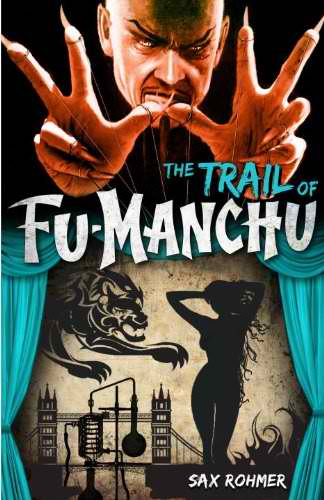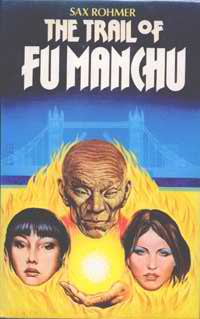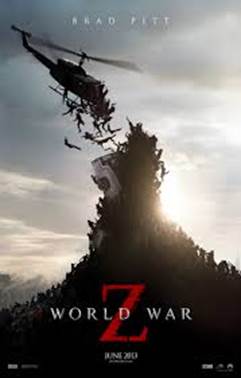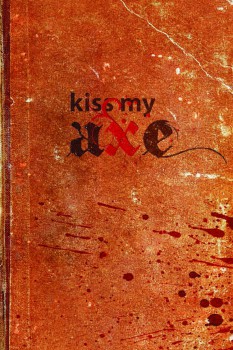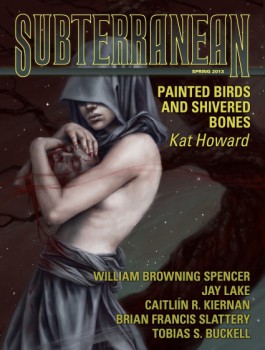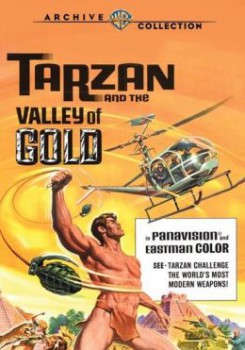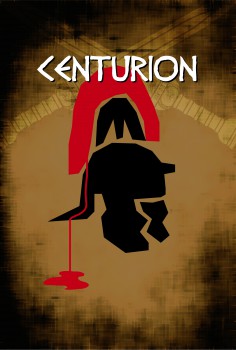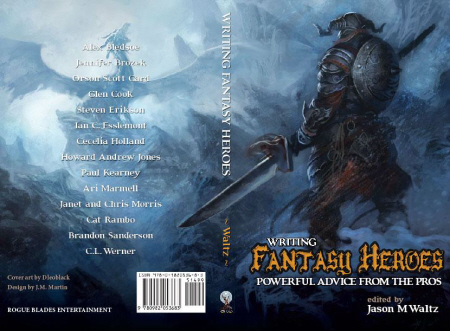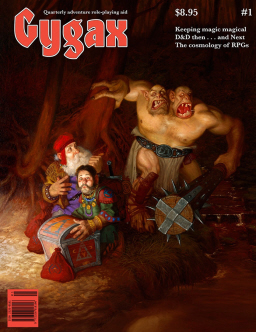 I don’t think it’s an exaggeration to say that the hottest thing in role playing at the moment is the rise of OSR. The Old School Renaissance has captured the interest of thousands of players — many returning to gaming for the first time in decades — and fostered the birth of a fresh generation of dynamic new companies. We’ve featured some of the best products here on the BG blog, including Carcosa, Astonishing Swordsmen & Sorcerers of Hyperborea, Dungeon Crawl Classics, Labyrinth Lord, and even the first edition Premium AD&D reprints from WotC. But truthfully this is just a small sample, and more exciting products are arriving daily.
I don’t think it’s an exaggeration to say that the hottest thing in role playing at the moment is the rise of OSR. The Old School Renaissance has captured the interest of thousands of players — many returning to gaming for the first time in decades — and fostered the birth of a fresh generation of dynamic new companies. We’ve featured some of the best products here on the BG blog, including Carcosa, Astonishing Swordsmen & Sorcerers of Hyperborea, Dungeon Crawl Classics, Labyrinth Lord, and even the first edition Premium AD&D reprints from WotC. But truthfully this is just a small sample, and more exciting products are arriving daily.
In fact, even though the number of OSR players is still fairly small, in a strange way that’s part of the appeal. The size of the market, and the out-sized level of excitement and productivity associated with it, reminds players of the early days of D&D in the mid-70s, when only a core group of gamers were tuned in to the new phenomenon that would soon sweep the country. That was a tremendously exciting and dynamic time, and in some ways it feels like it’s happening all over again.
One thing that’s been lacking from this generation’s gaming renaissance though is a clear center. Ask old-school gamers what the center of the genre used to be, and most will give you the same answer: Tim Kask’s The Dragon, the print magazine published by TSR (and later WotC and Paizo) from 1976 to 2007, and published online since 2007. Launched to help nurture the rapidly growing fandom around Dungeons & Dragons, Dragon gradually became the publication for role-players of all persuasions. The magazine embraced the entire genre, and accepted advertising from virtually everyone, publishing news, unbiased reviews, and articles of interest to everyone in the hobby. To read Dragon was to be informed of everything of real importance to the industry, especially in the early days.
Dragon was essential to the growth of adventure gaming. The creators driving the fledgling OSR industry have managed to capture the spirit of original D&D, and the excitement it spawned, surpassingly well, and that’s led many to wonder: would it be possible to re-create the magic of the early Dragon as well? As the folks behind Gygax magazine — including Ernie and Luke Gygax, and The Dragon‘s founding editor, Tim Kask — have proven with their first issue, it is possible. The similarities with its spiritual parent magazine don’t end with the familiar name of the publisher: TSR, Inc.
…
Read More Read More
 We like video games. We love Star Trek. And we believe William Shatner is the genetic template for a future race of supermen.
We like video games. We love Star Trek. And we believe William Shatner is the genetic template for a future race of supermen.
